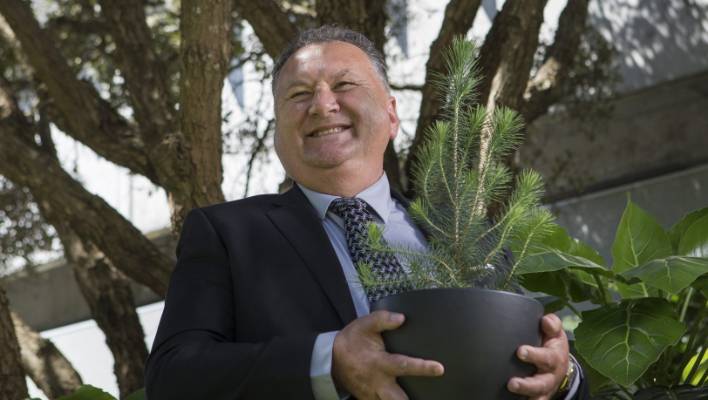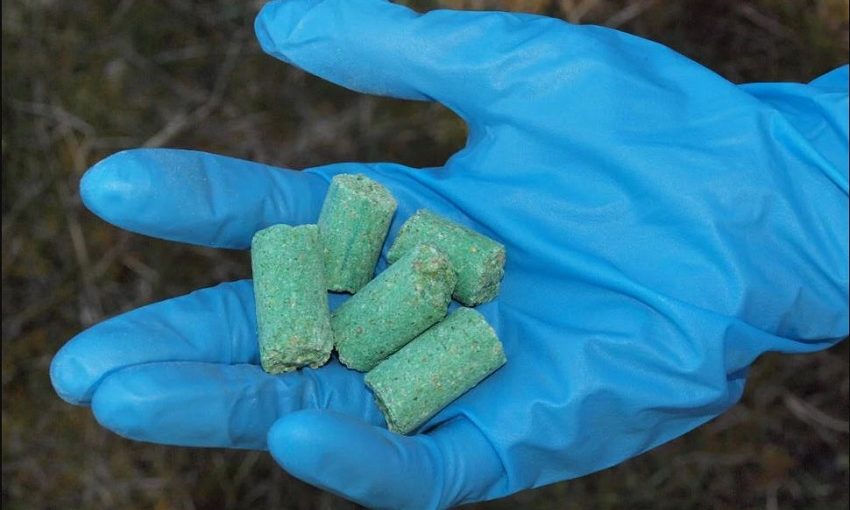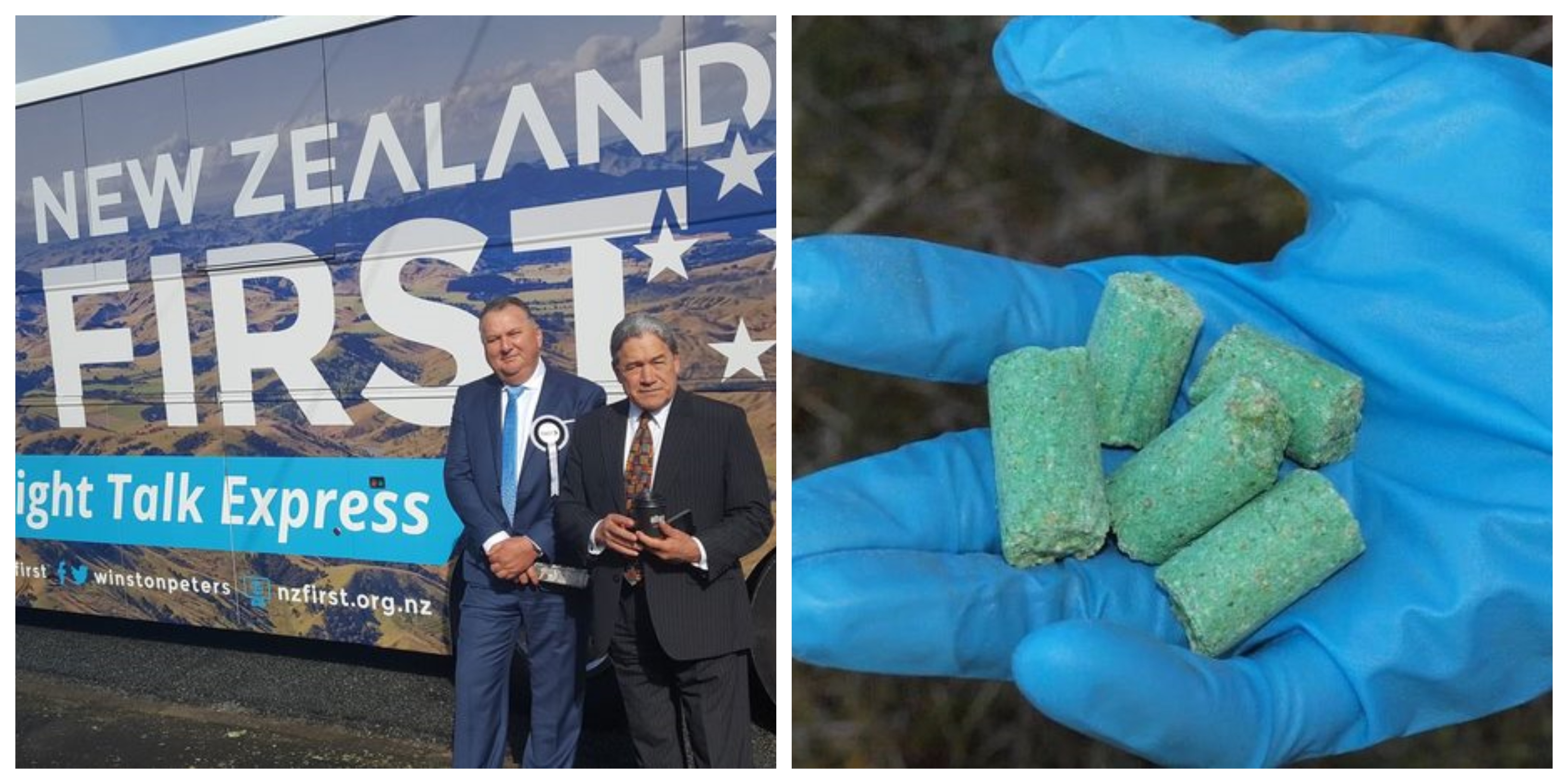Chances are you know about the use of 1080 pellets by the Department of Conservation (DOC) due to the very loud and very active movement against it. That is a testament to the robustness of the group’s campaign, and their passion to see their lands spared from the aerial dropping of this poison.
The term “1080” is the common name for sodium fluoroacetate – a chemically synthesised toxin that is found in a range of plant species throughout the southern hemisphere (including tea) – thought to have evolved to deter browsing mammals. It is used by DOC to kill pest species such as rats, stoats and possums which devastate native bird species and spread tuberculosis, mostly done so by the aerial dropping of pellets.
This practice has been widely criticized by many New Zealanders for many years, simply because the sound of the Government dropping poison on your land and waterways does not seem palatable to many people. However, conservationist groups argue that these drops are necessary to protect native species from pests.
The anti-1080 activists blame the poison for the widespread deaths of native birds, their pet dogs and the poisoning of their waterways. Their anger at DOC over the usage of the pellets is so extensive that their more extreme comrades have resorted to the harassment of the government agency’s workers.

The Ban 1080 Party was formed in 2014 aiming to become the movement’s voice in New Zealand politics, the sole issue on its agenda was the banning of the 1080 pellet. It contested the two elections since then but by 2018, the political party was de-registered with the Electoral Commission.
Many would assume that the anti-1080 movement now lacks a political vehicle, but unbeknownst to most people there had been another political party that called for the end of 1080 use – New Zealand First. Unlike the previous Ban 1080 party, NZ First is a more stable fixture in NZ politics and is currently part of the Government.
However, that reality also creates added burdens on NZ First.
Being in Government makes one liable to the decisions made by its different agencies, which includes DOC. Hence, many anti-1080 activists would reject the notion of supporting NZ First because aerial dropping of 1080 have continued despite the party being a key player in the day-to-day running of the country.
It should be important to note that NZ First entered into a Coalition Government with the Labour Party – a party that have no qualms regarding the use of 1080. Much more, the tandem is being held up by the support of the Green Party – a party that defends the use of 1080 pellets.

Making up only one-third of the Government, the NZ First party cannot be as resolute in ending the use of the 1080 poison as they would like. A sudden stoppage of all 1080 drops will be vehemently opposed by Labour and the Greens, while also negatively impacting our conservation efforts.
The DOC rationalize their use of 1080 pellets by citing its efficacy in eradicating invasive species such as rats, stoats and possums. Their sentiment is backed by other conservationist groups, who reject the criticisms of the anti-1080 crowd and back the use of the poison pellets.
By all accounts, 1080 does work in preserving our native wildlife from these pests but even the staunchest of supporters will admit that the poison also comes with unintended negative consequences. The pellets do kill invasive mammalian species, but it can also kill native birds and other mammalian species that were not intended to be culled.
These facts place NZ First between a rock and a hard place, they are strongly opposed to the use of 1080 but have to balance their duty to our conservation efforts and also their Coalition responsibilities.

A fair and genius compromise was devised this week to advance the dream of having a New Zealand without 1080 use. Through its Provincial Growth Fund initiative, a funding of $20 million was given to Predator Free 2050 – a government-owned company that focuses on ridding the country of pests.
The grant will be used to develop alternative methods of getting rid of pests, to gradually phase-out from the use of 1080 pellets. New methods that would be better produced thanks to this new funding include self-resetting traps, surveillance and data-management technologies, lures and remote-sensing tools.
New Zealand First leader Winston Peters said it could be “a step towards making 1080 redundant”. The Deputy Prime Minister also said that his party maintained its opposition to 1080 and with adequate resources, research and development into alternatives, it could be replaced.
This move represents a pragmatic approach to achieving the goal of having zero 1080 use but also protecting our native wildlife. NZ First recognises that the use of 1080 cannot be stopped nilly-willy, but it reaffirms that it is a far from ideal method that has to be replaced.
This sizable investment into funding will become the first step to seeing a genuinely clean, green New Zealand that is pest-free but also 1080-free. It also reminds us that although slow-moving, NZ First remains the only Party in the NZ Parliament which is cognizant of the ill-effects of 1080 and has an agenda to get rid of its use completely.


No one likes using 1080, the pro’s and the anti’s.
You must ask yourself the question “It our Native Indigenous wildlife worth saving?
It the answer is yes, our wildlife is worth saving – and their niches and our unique ecosystems then 1080 must continue to be used as it is the only current method to get at inaccessible places where trappers cannot get to and set their traps. It is also used as a ‘1st kill’, which subsequent trapping can then perhaps try to be effective.
If your answer is no, then be prepared for only the imported predators to be the wildlife that you see as they have no enemies here to keep them under control. Also our plants will disappear too as the hungry deer ring bark our forest trees like they did in the 50’s killing them and killing the forests (you are too young to remember that!)
During the run up to the last election The New Zealand First party have NEVER SAID that they would ‘get rid of 1080’. They were very careful to say that they will work towards alternative methods of exotic predator control. They do say that they hope that we will be able to come to a time when alternative methods can replace the use of 1080.
But to use trapping just about every person in NZ would have to be a trapper.
To quote from Dave Hansford’s tome “Protecting Paradise” 2016, pp227-228′, Lets assume an average o 3 traps/hectare – one every 30 odd metres, along those lines no more than 100 metres apart. Kahurangi National Park spans 452,000 ha. Maybe 15 per cent of it lies above the bush line, where rats rarely venture, so lets say there are roughly 380,000 ha in need of control. To trap for rats (stoats have much bigger home ranges – you might get away with a trap every five to ten hectares) here would mean setting out 1,275,000 traps. At the present cost of around $55 each for a standard DOC 200, that’s more than $70 million just to buy the gear. Then there’s the cost of bait. Let’s say each trap got through about 200grams of bait a year: that’s 255 tonnes at around $20 a kilogram of dried rabbit. Add $5.1 million a year. So that’s your rats and stoats dealt with: now you have to set up another separate trap network for possums – one trap per hectare: the notion [of trapping alone] is preposterous”.
Now, we could use genetic engineering (like we do for some insect pests already) to make sterility present in the genes of predators. However, folk are against genetic engineering, particularly the Green Party.
However, in my opinion, genetic engineering would be the only way to control predators in the absence of 1080.